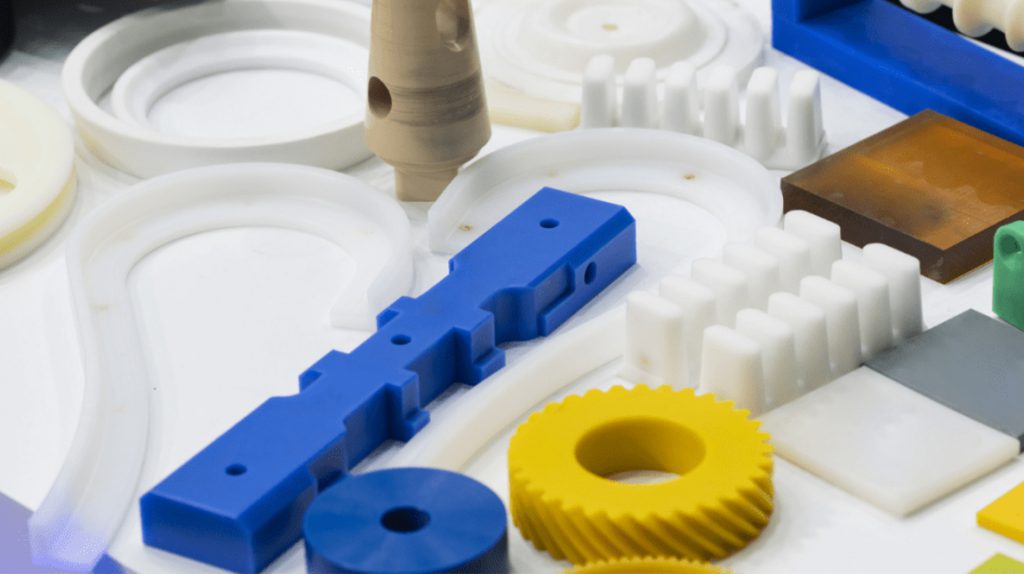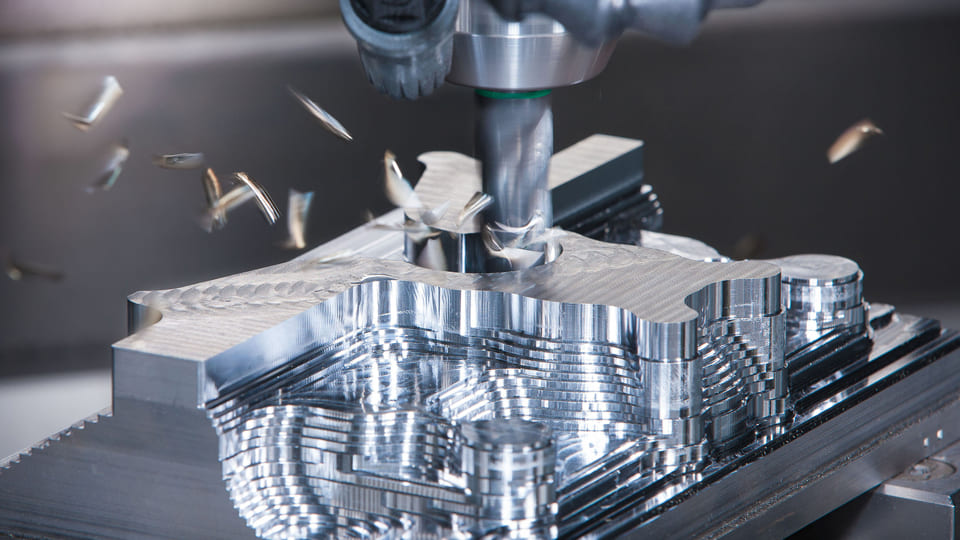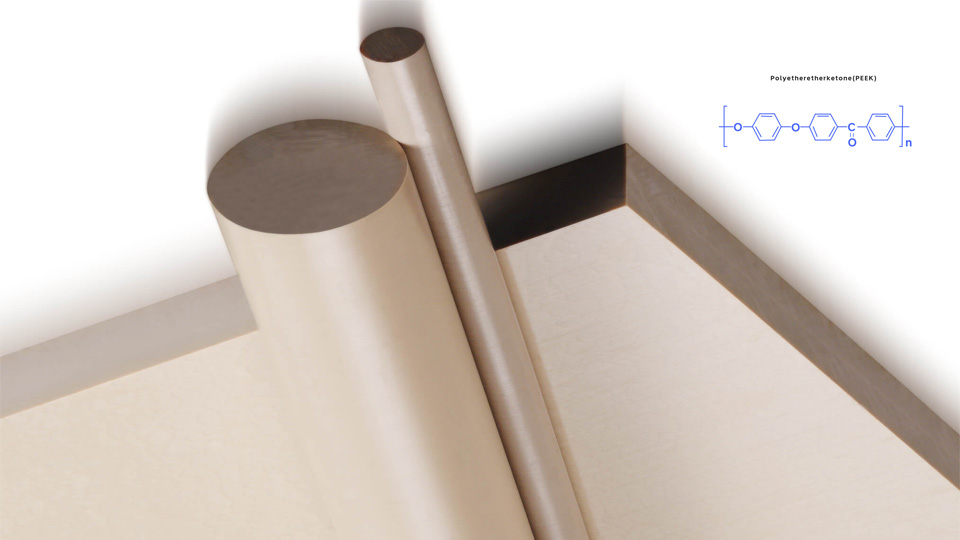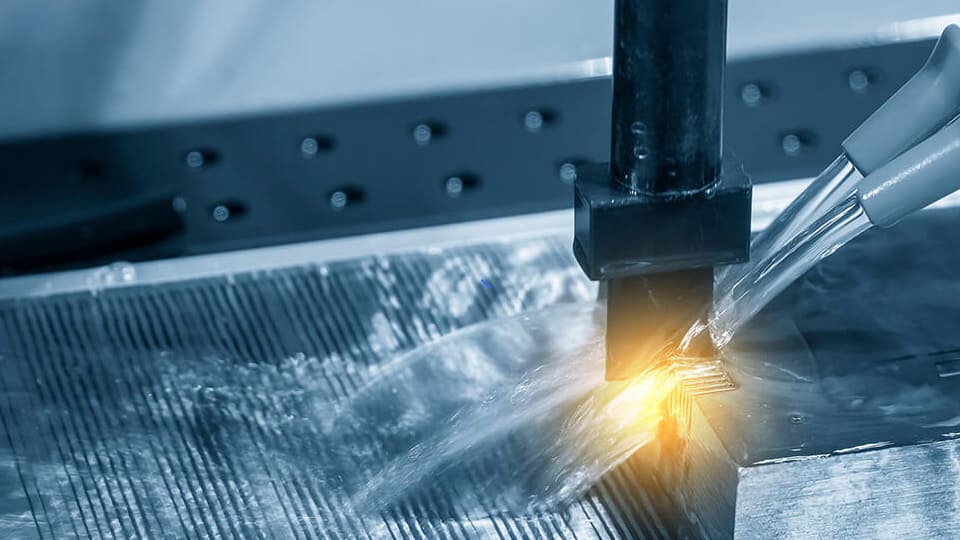In the manufacturing industry, injection molding and urethane casting stand out as two common molding techniques, each offering distinct advantages and suitability for various production scenarios. This article aims to provide a comprehensive comparison between these methods to aid in making informed decisions based on your specific production requirements.
What is Urethane Casting?
Urethane casting serves as a flexible manufacturing method tailored for crafting low to medium-volume parts with precision. It commences by creating a master pattern using 3D printing or CNC machining, followed by the creation of a silicone mold to capture intricate details.
Upon mold readiness, precise ratios of liquid polyurethane resin components are meticulously mixed to initiate the chemical reaction. This mixture is delicately poured into the silicone mold, ensuring thorough filling of all its intricate details, before undergoing controlled curing conditions. After curing, the part is carefully extracted from the mold, revealing a replica of the original pattern. Urethane casting offers a straightforward yet efficient approach to producing accurate parts.
What is Injection Molding?
Injection molding emerges as a widely embraced manufacturing process for generating large quantities of identical plastic parts with remarkable precision. It entails melting plastic pellets within a heated barrel and subsequently injecting the molten plastic into a mold cavity under high pressure.
To commence the injection molding process, plastic pellets are introduced into a hopper and melted within the barrel of the injection molding machine. Upon achieving a molten state, the plastic is injected into a mold cavity, mirroring the desired part shape in reverse. The molten plastic then undergoes cooling and solidification within the mold, adopting the shape of the cavity. Following sufficient cooling, the mold opens, facilitating the ejection of the newly formed part. Injection molding enables rapid and cost-effective production of precise plastic parts with consistent quality.
Comparison of Urethane Casting and Injection Molding
The table below shows the differences of urethane casting vs. injection molding:
| Features | Urethane Casting | Injection Molding |
|---|---|---|
| Process Overview | Uses silicone molds to create parts, liquid polyurethane fills the mold, solidifying to form finished products. | Plastic pellets are heated, melted, and injected into molds, cooling and solidifying to create finished products. |
| Applicability | Suitable for low to medium-volume part production, capable of rapidly manufacturing precise parts. | Suitable for large-volume production, can manufacture various plastic parts, applicable for small to large sizes. |
| Cost | Manufacturing molds and preparing polyurethane resin may incur higher initial costs, with costs increasing with part quantity. | Injection machine and mold costs are high, but per-part production costs are lower, suitable for large-scale production. |
| Production Cycle | Shorter production cycle,obtain finished products within days. | Longer production cycle, taking weeks to months. |
| Part Materials | Primarily uses polyurethane resin, adjustable hardness and other properties. | Can use various plastic resins, including polypropylene, polyethylene, polycarbonate, etc. |
| Tolerance | The tolerance of urethane casting is usually +0.015” but can depend on several factors. | Injection molding tolerances are often +0.005”. |
| Environmental Friendliness | The polyurethane resins used may be environmentally friendly, but some resins may emit volatile organic compounds (VOCs). | Injection molding may produce some waste and emissions, but measures can be taken for recycling and treatment. |
How to Choose the Best Process Between Urethane Casting and Injection Molding
Quantities: Polyurethane casting can produce 1-10 parts per day, while injection molding can produce hundreds or even thousands of parts, depending on the number of cavities in the mold. If you’re looking for molds for prototypes or small-batch production, or if you only need to produce a few dozen parts at a time, polyurethane molds are the better choice. For large-scale production, the quality and lifespan of metal molds typically offer a better return on investment.
Lead Time: Injection molds require more complex and extensive machining to manufacture and typically take weeks to prepare – typical lead times for molds can be two months. On the other hand, the production time for polyurethane castings is shorter, usually only requiring the production of CNC or 3D printed models and the creation of a soft mold around them.
Materials: Only limited curable polyurethanes are available for casting, while various thermoplastic and thermosetting plastics are available for injection molding.
Cost Per Part vs. Total Cost: When considering return on investment, the cost per part is a very useful benchmark. Generally, the cost per part for polyurethane casting will be higher than injection molding, primarily due to the lower number of parts produced. However, overall costs for polyurethane casting are typically lower due to lower mold and material costs.






